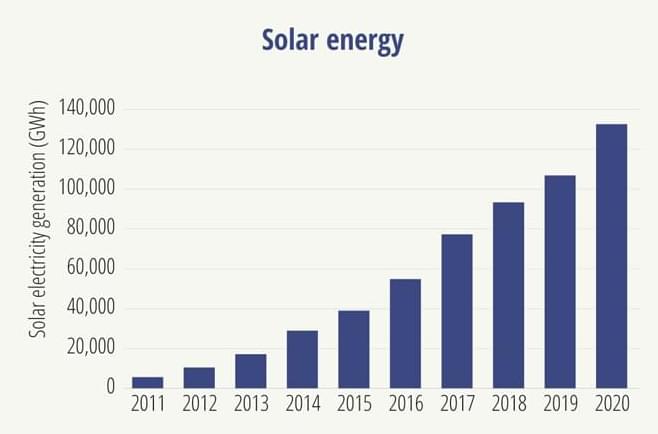Mike straight, founder & CEO of farmpod.
Up next ►► Vertical farms could take over the world https://youtu.be/J4SaSfnHK3I Instead of shipping food all around the world, imagine your own food coming from your farm in a shipping container, just outside your backdoor. That’s the vision of FarmPod, a St. Croix-based startup looking to completely redefine our relationship with food with a fully automated vertical aquaponic system. This self-contained, solar powered farming method uses a fraction of the water and space of a traditional farm, and even uses zero pesticides. The closed loop system essentially mimics nature’s ecosystems, like a pond. Lettuce, strawberries, kale, collard greens and more can grow in the pod. And, since the produce doesn’t need to be picked early to be shipped to a grocery store, the owner can enjoy their harvest at its peak nutritional value and taste. Produce isn’t all — FarmPod can provide an aquaponic home for tilapia, catfish, crayfish, koi, and freshwater prawns. FarmPod uses automated software and hardware to make their pod’s aquaponics system as easy to run as possible. Mike Straight, the creator and CEO of FarmPod, wants to provide a healthy, hyper-localized source of food with a minimal carbon footprint. “We’re trying to feed the world one pod at a time by hyper-localizing farming, and taking the farm and putting it right in front of the place that needs to use it,” says Straight. Read the full story here ►►
https://www.freethink.com/series/challengers/aquaponics ◠◠◠◠◠◠◠◠◠◠◠◠◠◠◠◠◠◠◠Read more of our stories on aquaponics and sustainable farming:
Vertical farms could take over the world.
►► https://www.freethink.com/series/hard-reset?media_id=avWfzm8Q
How vertical farming can save the planet and feed the world.
►► https://www.freethink.com/series/make-it-count?media_id=bEIXKavd.
New startup takes vertical farming underground — literally.
►► https://www.freethink.com/environment/underground-farm ◠◠◠◠◠◠◠◠◠◠◠◠◠◠◠◠◠◠◠About Freethink.
No politics, no gossip, no cynics. At Freethink, we believe the daily news should inspire people to build a better world. While most media is fueled by toxic politics and negativity, we focus on solutions: the smartest people, the biggest ideas, and the most ground breaking technology shaping our future.◡◡◡◡◡◡◡◡◡◡◡◡◡◡◡◡◡◡◡Watch our original series:
► Hard Reset: https://freeth.ink/youtube-hard-reset.
► Just Might Work: https://freeth.ink/youtube-just-might-work.
► Challengers: https://freeth.ink/youtube-challengers Enjoy Freethink on your favorite platforms:
► Daily editorial features: http://www.freethink.com
► Solutions-based stories, straight to your inbox: https://www.freethink.com/subscribe.
► Facebook: https://www.facebook.com/freethinkmedia
► Instagram: https://www.instagram.com/freethink
► Twitter: https://twitter.com/freethinkmedia
► Join the Freethink form: http://www.facebook.com/groups/freethinkforum









